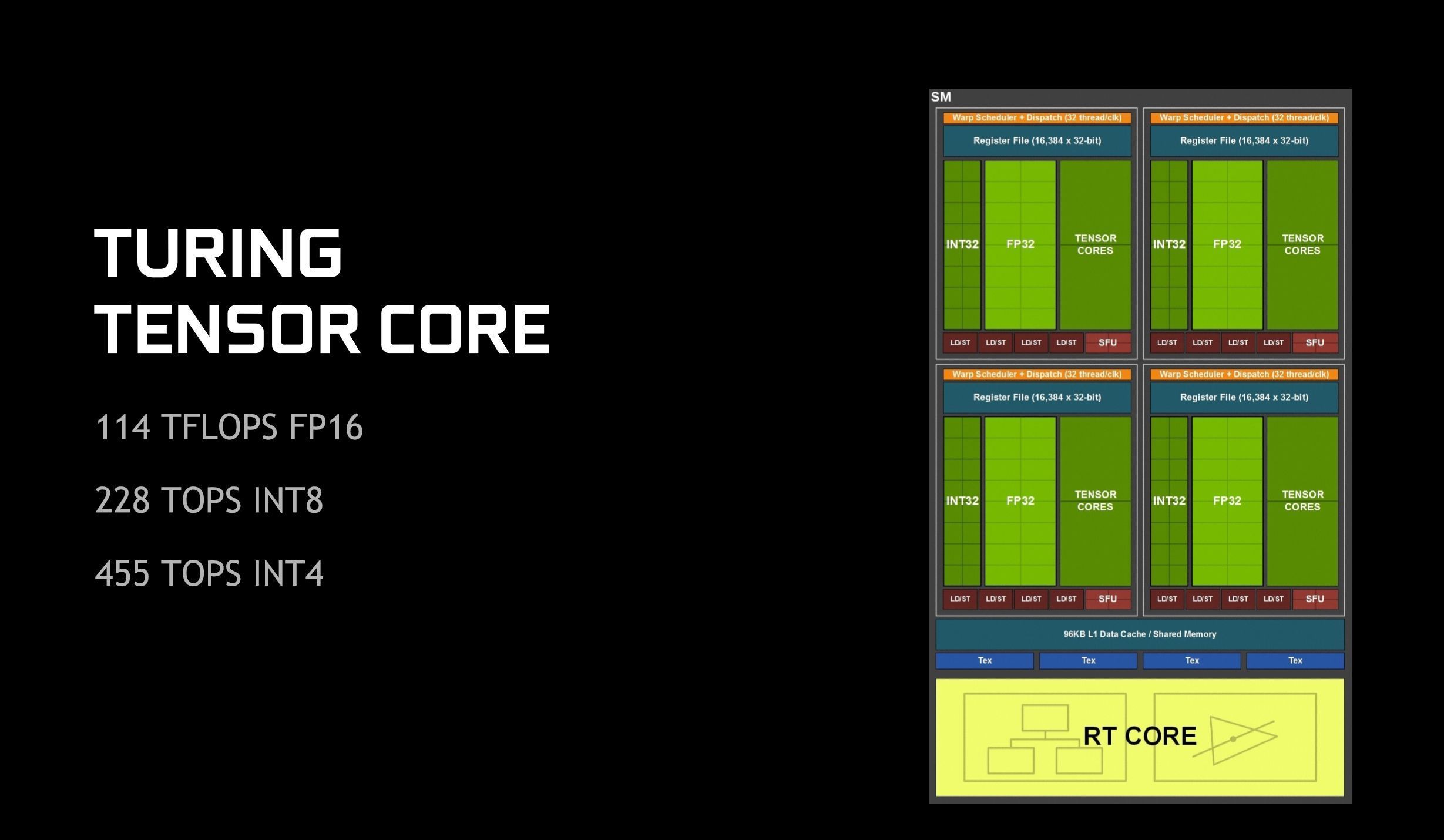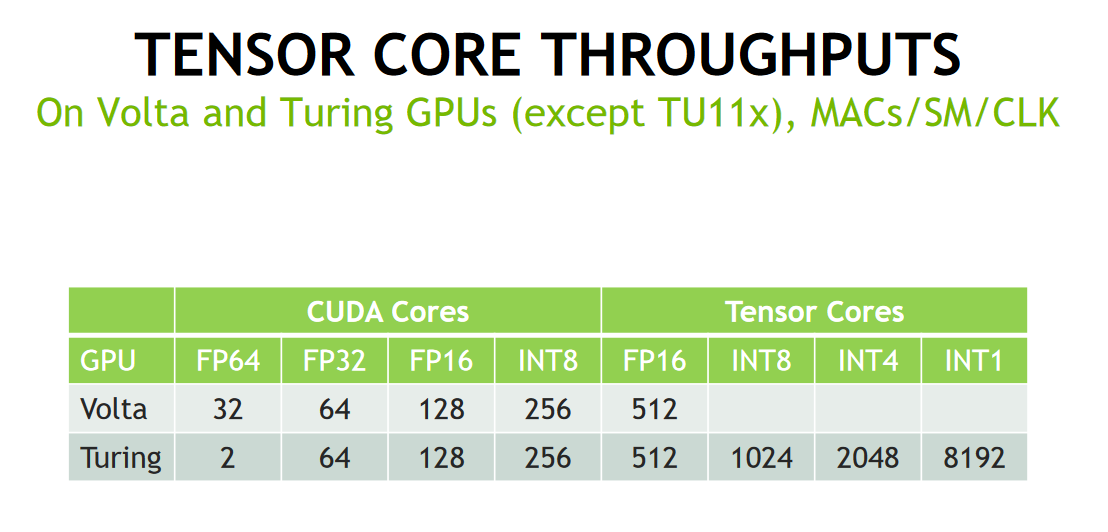"We knew that many inference algorithms need only 8-bit and 4-bit integer positions for weights and the math operations involving those weights comprise the bulk of the performance overhead for those algorithms," says Andrew Goossen. "So we added special hardware support for this specific scenario. The result is that Series X offers 49 TOPS for 8-bit integer operations and 97 TOPS for 4-bit integer operations. Note that the weights are integers, so those are TOPS and not TFLOPs. The net result is that Series X offers unparalleled intelligence for machine learning."
https://www.eurogamer.net/articles/digitalfoundry-2020-inside-xbox-series-x-full-specs
https://www.eurogamer.net/articles/digitalfoundry-2020-inside-xbox-series-x-full-specs


